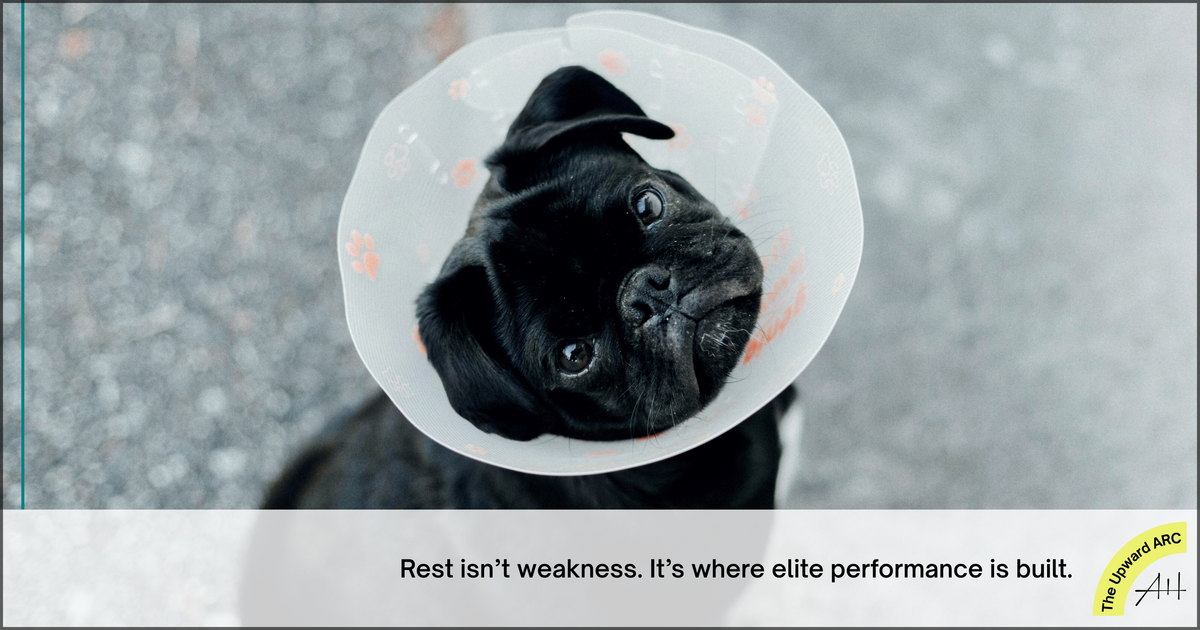Pause to Progress: The Counter-Intuitive Science of Planned Physical Recovery
My injury list reads like a horror script because I treated recovery as optional. It’s not. Recovery is where gains are made and injuries avoided. Sleep, breathwork, nutrition, structure. It’s not self-care, it’s strategy. Push hard, but recover harder. That’s the real edge.

This post is for members only
Already have an account? Sign in.
